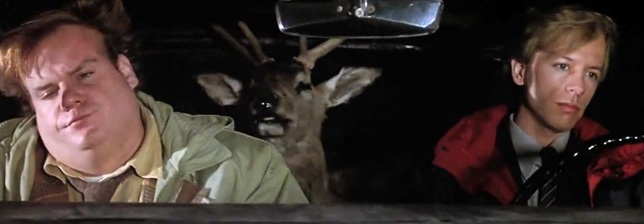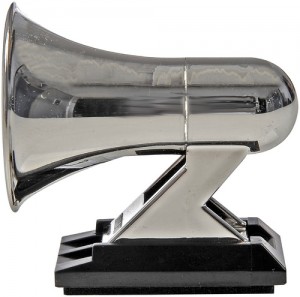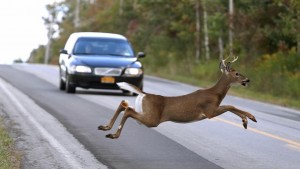
More than 1.2 million collisions will happen this year as deer mate and forage before the tough winter months. According to State Farm’s latest analysis, an American motorist currently has a 1 in 174 chance of hitting a deer during the next 12-month period.
 So how do you avoid becoming a statistic? Most deer are active between 5am to 8am and 5pm to midnight. So not driving is not an option. Deer whistles have been for sale for decades. They are cheap and can be install anywhere. But the effectiveness of these whistles has never been proven.
So how do you avoid becoming a statistic? Most deer are active between 5am to 8am and 5pm to midnight. So not driving is not an option. Deer whistles have been for sale for decades. They are cheap and can be install anywhere. But the effectiveness of these whistles has never been proven.
The most effective method is to make sure your car can avoid a deer. First, slow down. If you see one deer, there are bound to be more. Second, make sure your car is in the best possible condition to be able to stop or maneuver around the deer. This includes maintaining the shocks/struts, lights and most importantly the brakes.
 If a vehicle has worn brakes or brake pad wear issues, it can’t stop in the required distance during an emergency stop. Having an extra 10-20 feet of stopping distance when Bambi decides to cross the road can be determining factor between life and death.
If a vehicle has worn brakes or brake pad wear issues, it can’t stop in the required distance during an emergency stop. Having an extra 10-20 feet of stopping distance when Bambi decides to cross the road can be determining factor between life and death.
Deer whistle (Average Price $5-7)
PROs
• Cheap and easy to install.
CONs
• According to most scientific studies they are not effective at scaring away deer or other animals.
Brake Pads ($60-90 for high-quality pads)
PROs
• Effective all year.
• Can prevent crashes with other animals, cars and pedestrians.
• Works with ABS and stability control systems
CONs
• Needs to be installed by a professional.
The hands down winner is Brake Pads! You can spend $5 on a deer whistle, and hope that you do not become a statistic. Or, you can get your brake serviced and use high-quality pads and be able to deal with a deer!